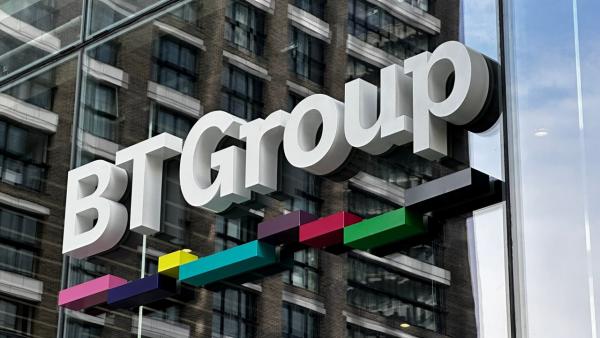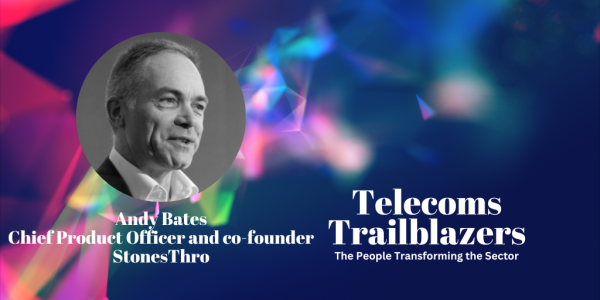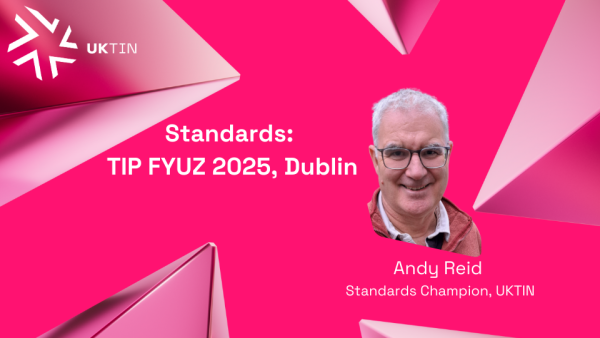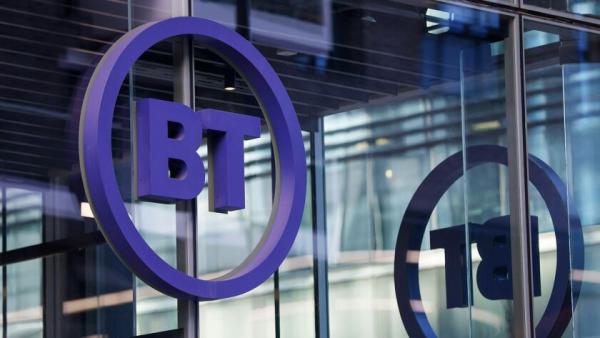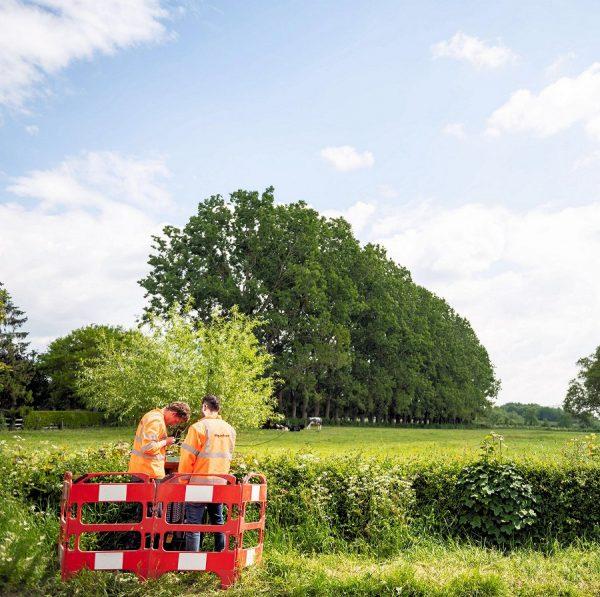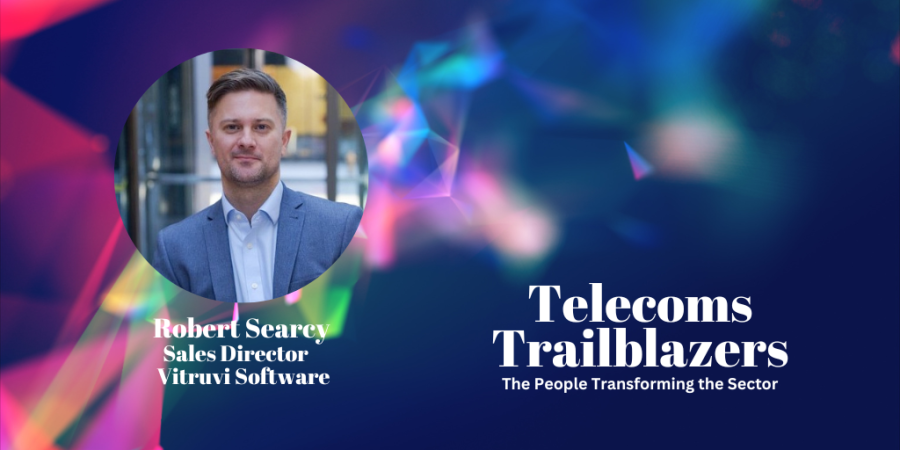
Hi, I’m Robert Searcy, a Sales Director at Vitruvi Software. We are an international construction management platform that provides intuitive tools to manage utility projects. The company is focused on utilities, with a particular emphasis on telecommunications networks. I have been working in this role for three years, and most of my clients are altnets, the alternative network providers in the UK, rolling out FTTP (Fibre To The Premises).
At Vitruvi, we’ve integrated with countless platforms to enable fast, seamless data flow across telecoms organisations. We’re seeing consolidation happening at an increasing pace, as key players in the altnet space compete for position. Technology stacks are more diverse than ever, and the level of integration between platforms has reached a scale I couldn’t have imagined a few years ago.
AI is undoubtedly driving efficiency. Planning, project setup, compliance, and data validation processes will soon be largely automated, and the altnets that adopt and implement these technologies most effectively will see significant gains. The telecoms landscape of the near future will be defined by intelligent automation.
I began as an engineer, moved into planning, then project management, and now I work in sales. The industry has offered me different paths matching my skills and personality. I’ve gained a different perspective with each move. The diversity of opportunities is what’s kept me here 15 years on. It’s a turbulent but exciting time in the UK market.
What do you enjoy most about working in this space?
Telecoms is an ever-evolving space with constant new challenges and innovations to get your head around. There’s always something new to learn, which keeps the work exciting and rewarding.
What’s the most ridiculous thing you’ve done in the name of work?
I’ve had my fair share of travel mishaps over the years. I set off to Newcastle for a new development site to plan a full fibre installation, only to realise halfway through the journey that I was supposed to be going to Newcastle-under-Lyme. A slight difference of around 150 miles…
Where do you see telecoms heading?
We’ll likely see three or four major providers emerge as the dominant full fibre networks. The altnets have been crucial in accelerating rollout speeds and embracing new technologies to gain a competitive edge. As we approach the final stretch of delivering full fibre coverage to most of the UK population, efficiency and execution will be decisive factors. The networks that deliver fastest and most cost-effectively will stand out in the consolidation phase.
What would you like people to know about your work?
Coming from an engineering background and now working in the software side of telecoms has been a real eye-opener. Where I once saw software simply as a tool to get the job done, I now see the incredible pace of innovation behind the scenes. So much of this progress is customer-driven, especially from the altnet community, which has pushed the boundaries of automation in traditionally time-consuming areas of their businesses.
Why is a vibrant, flourishing telecoms ecosystem important for the UK?
I feel lucky to have multiple full-fibre options where I live, which gives me real power as a customer when it’s time to renew my contract. People often underestimate the benefits of this choice — it keeps providers on their toes and ensures we all get better value. Success looks like every home and business in the UK having access to full fibre. As our daily tools and technologies become increasingly data-heavy, this will only grow in importance. A robust, competitive telecoms infrastructure will enable the UK to thrive in the digital future.

